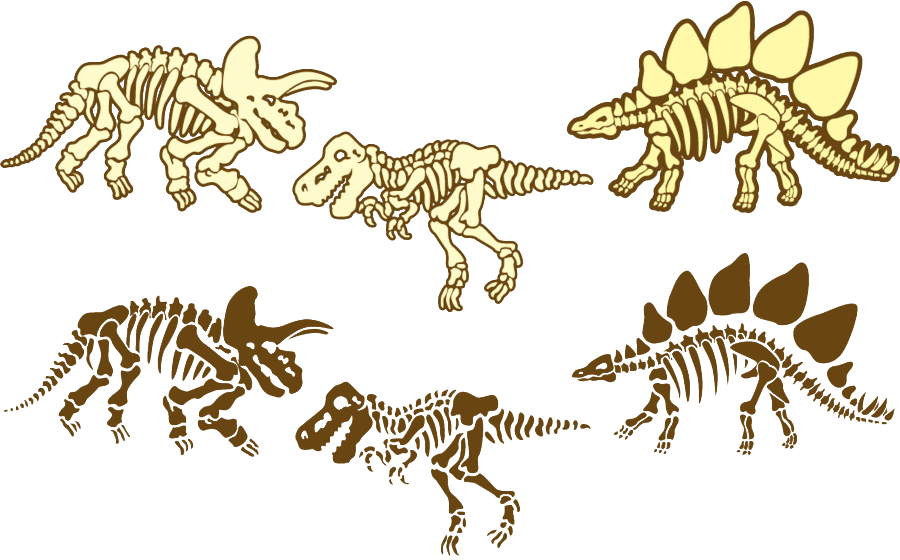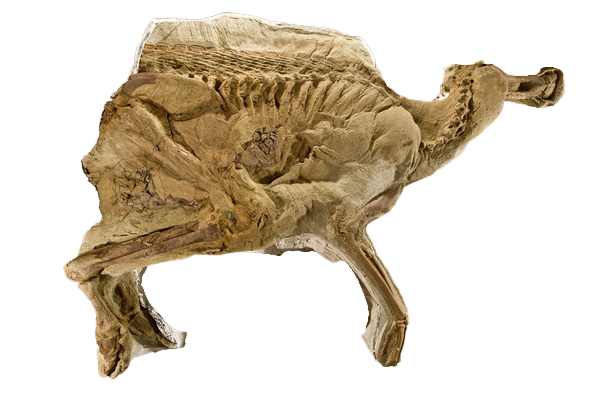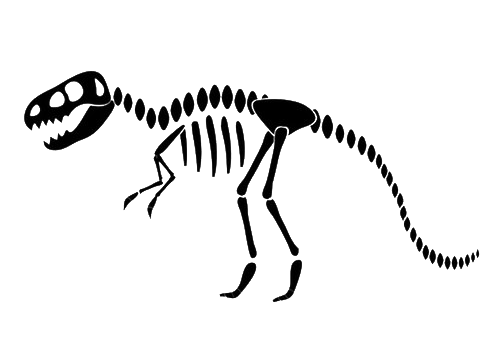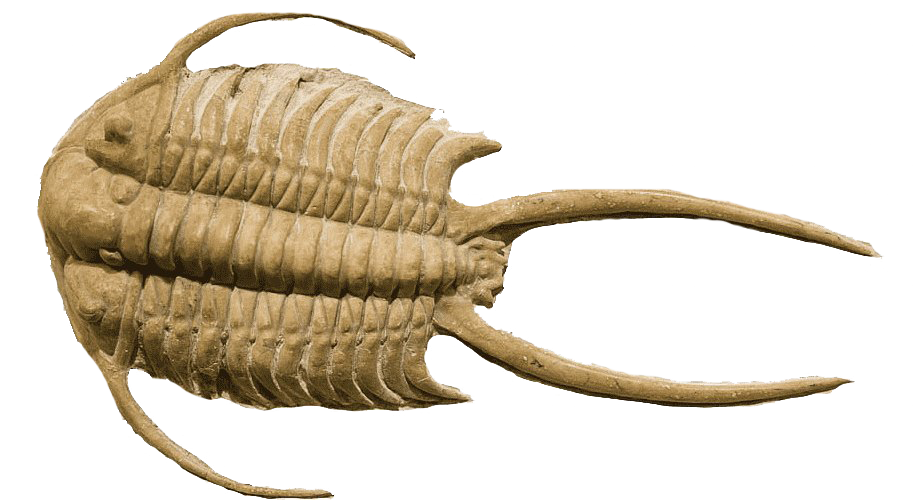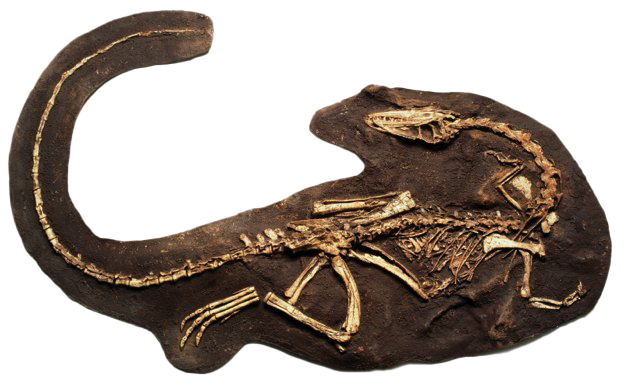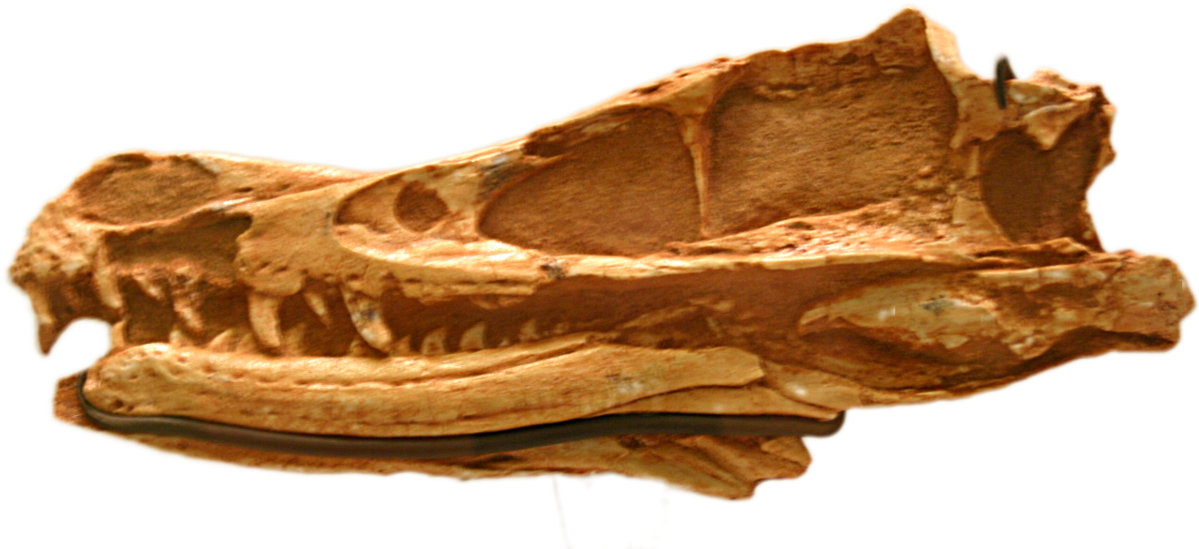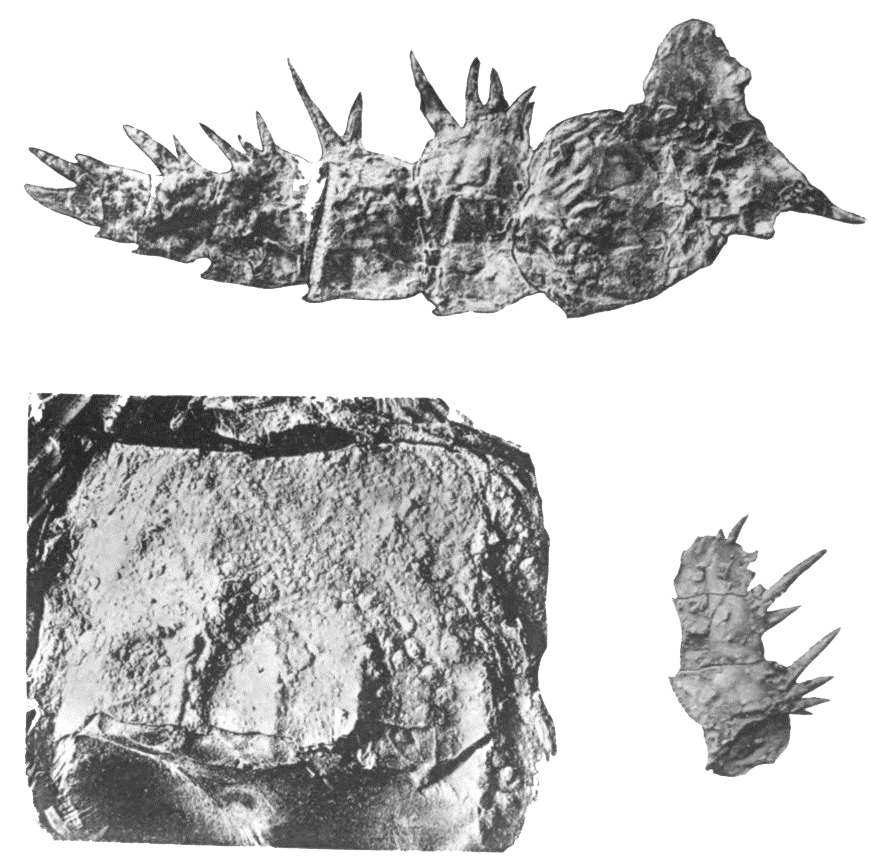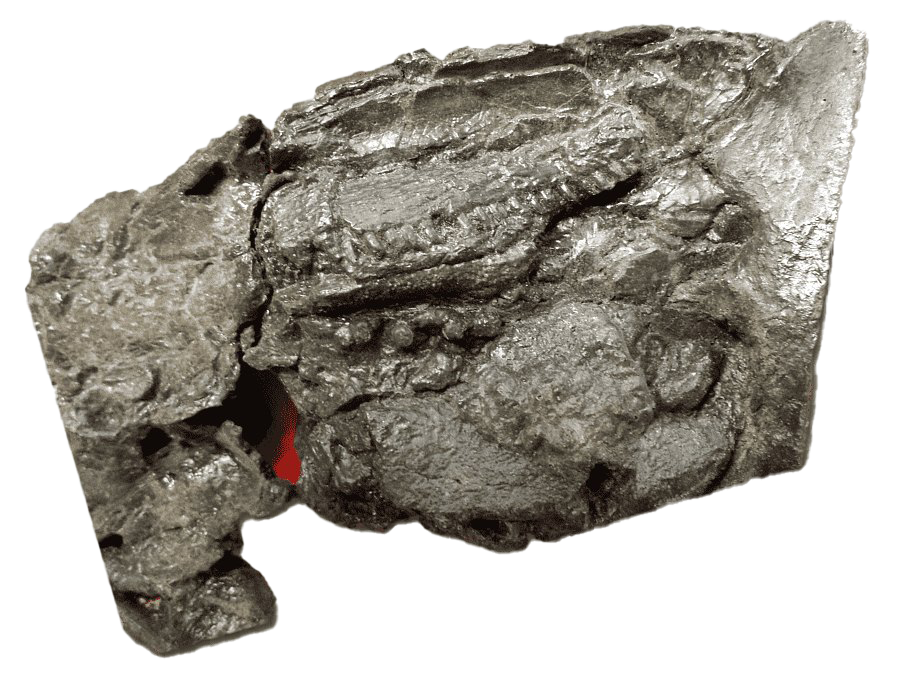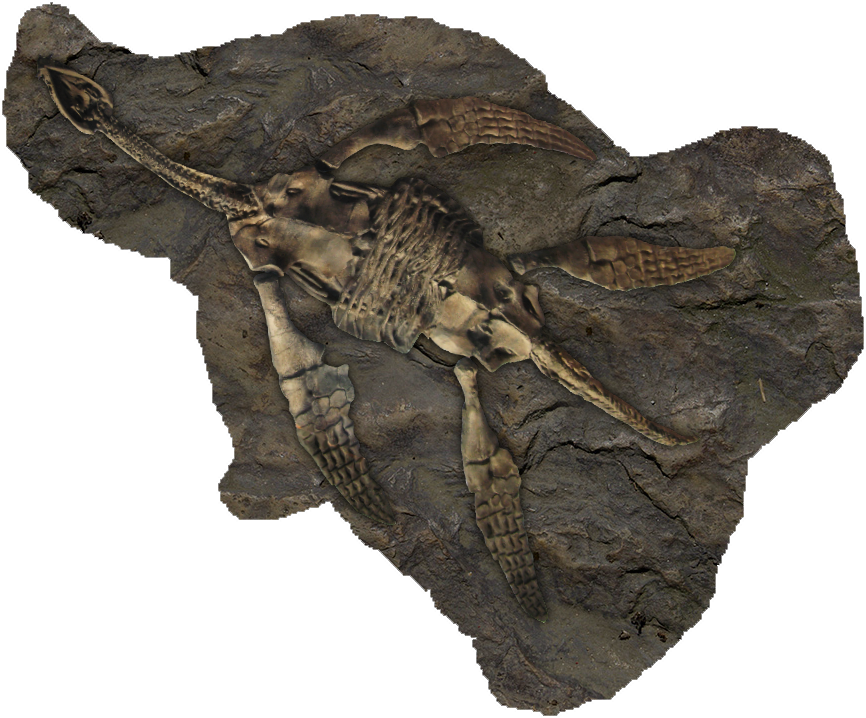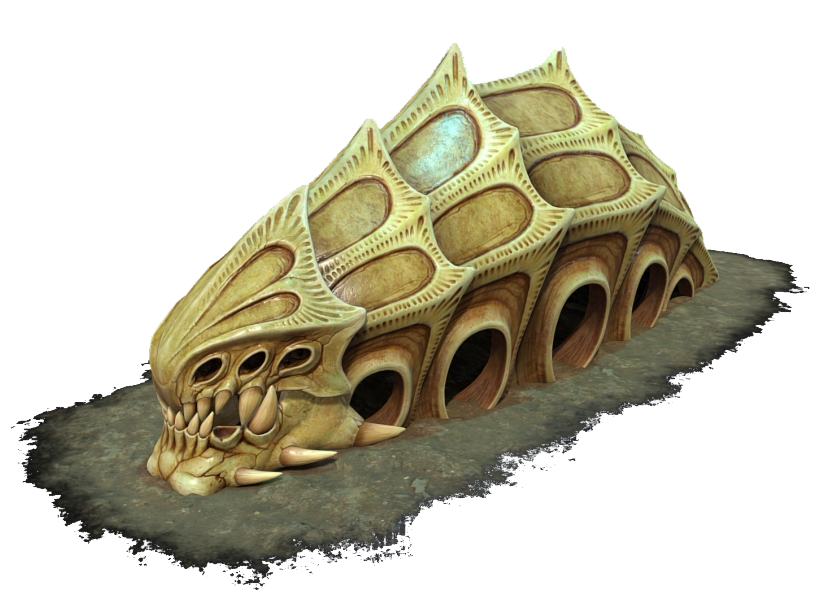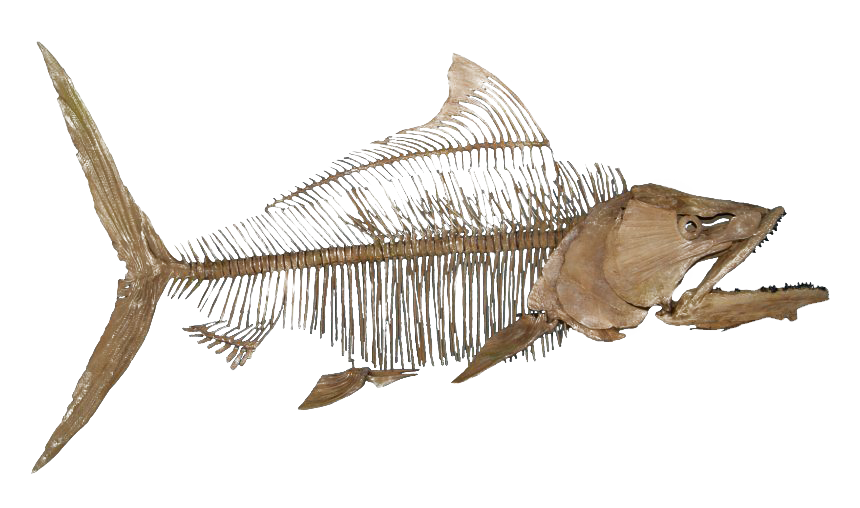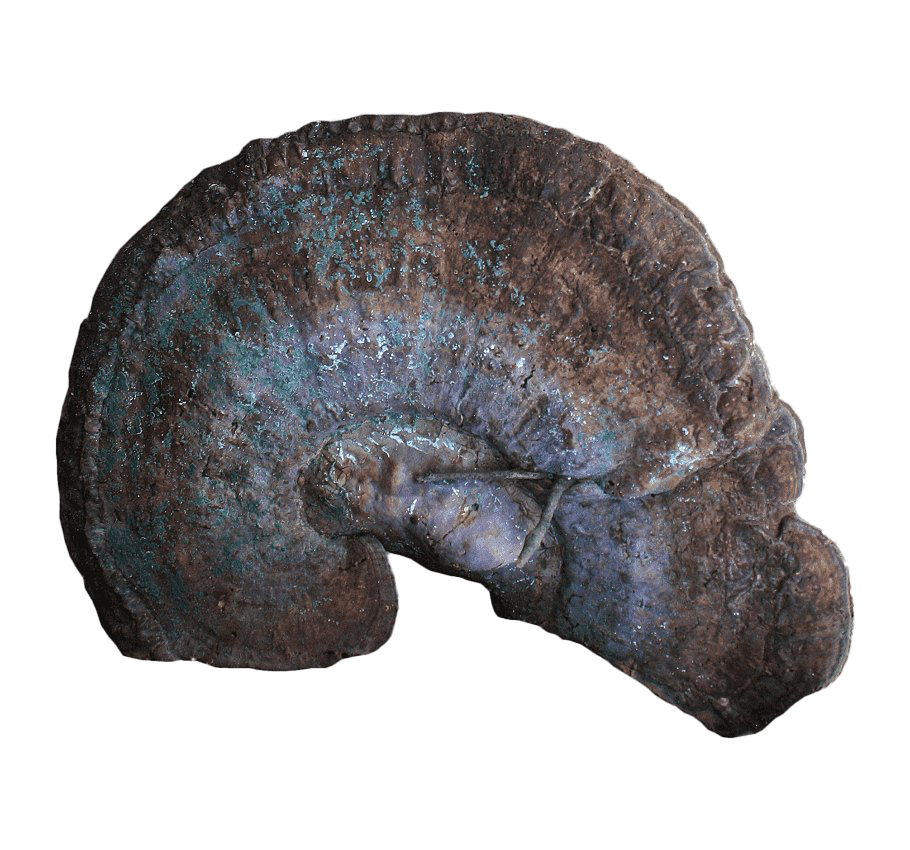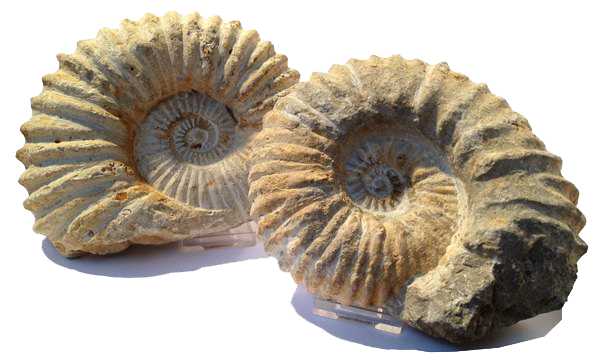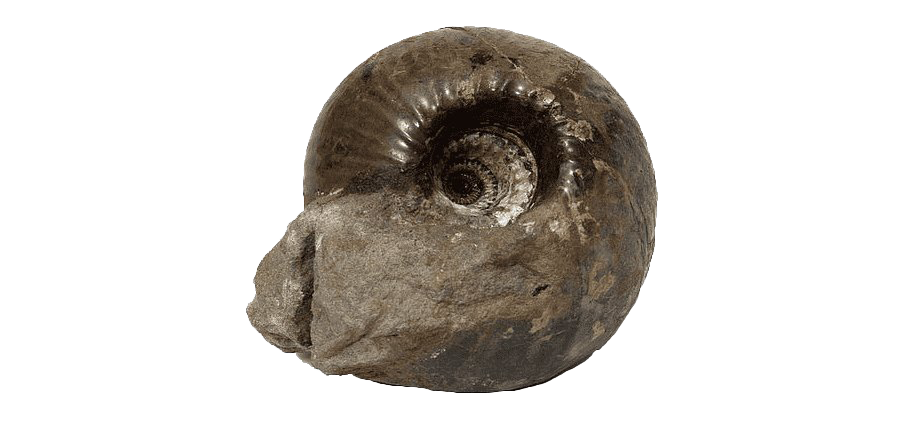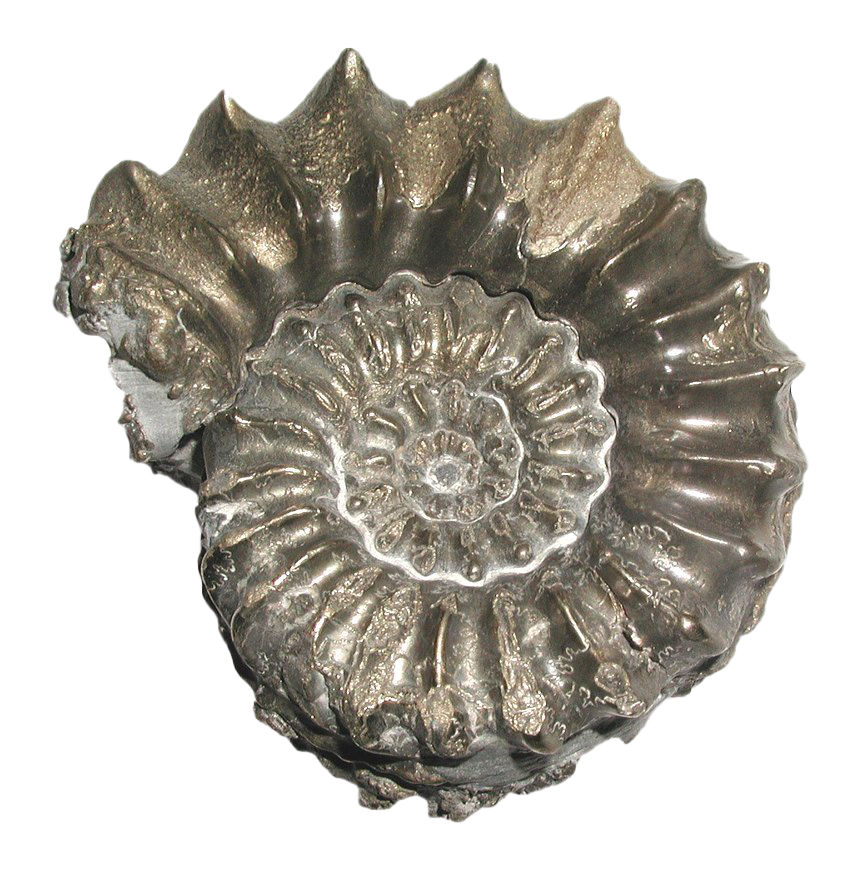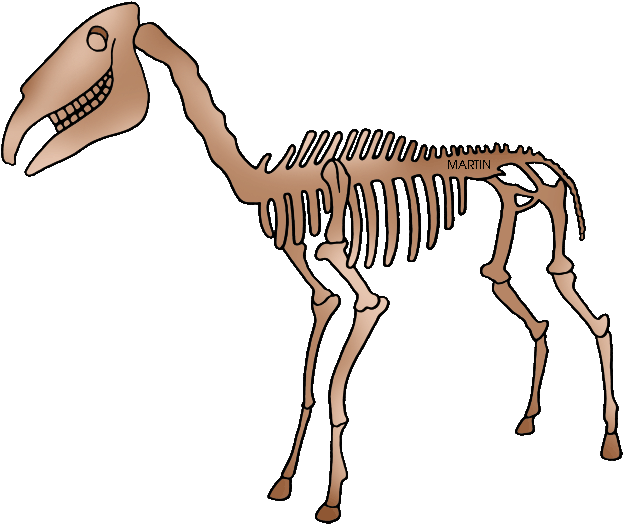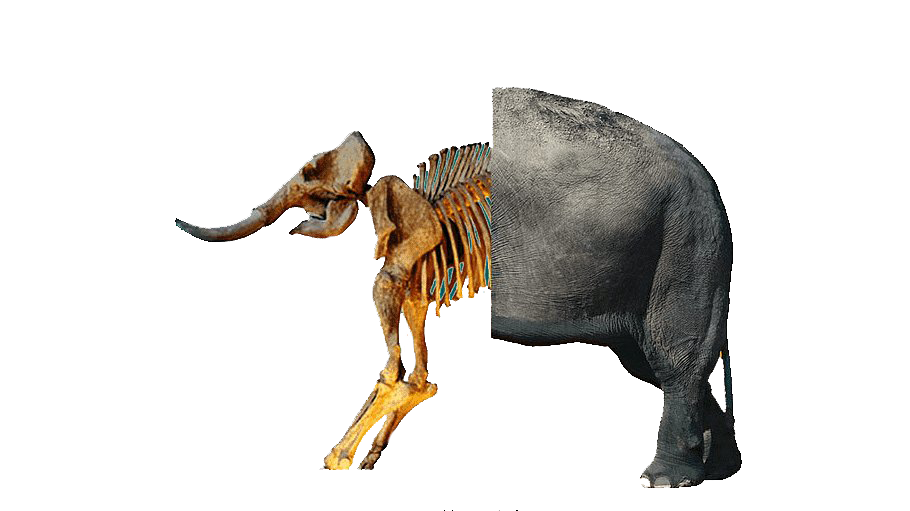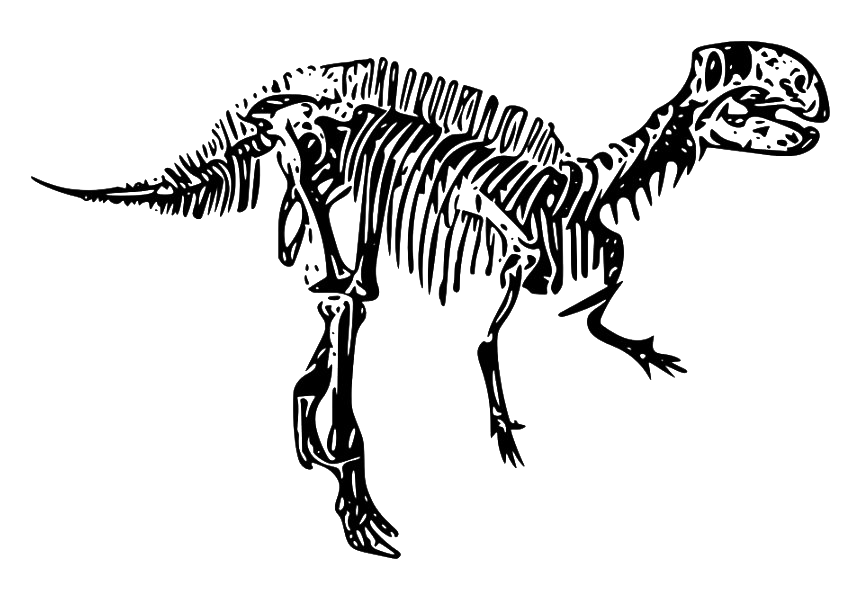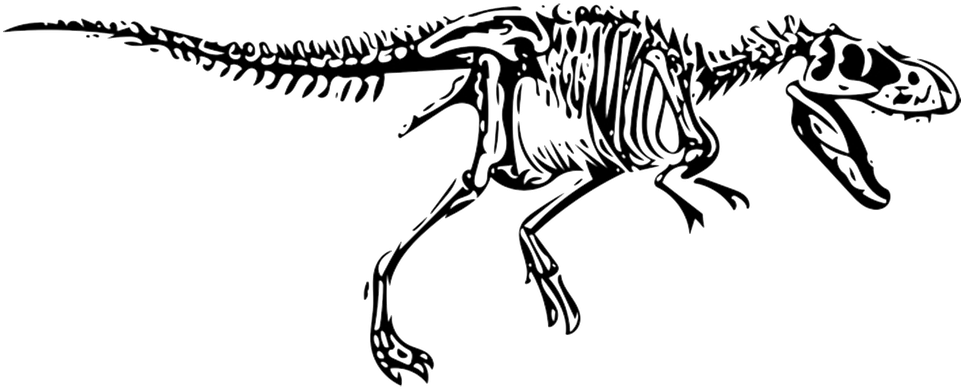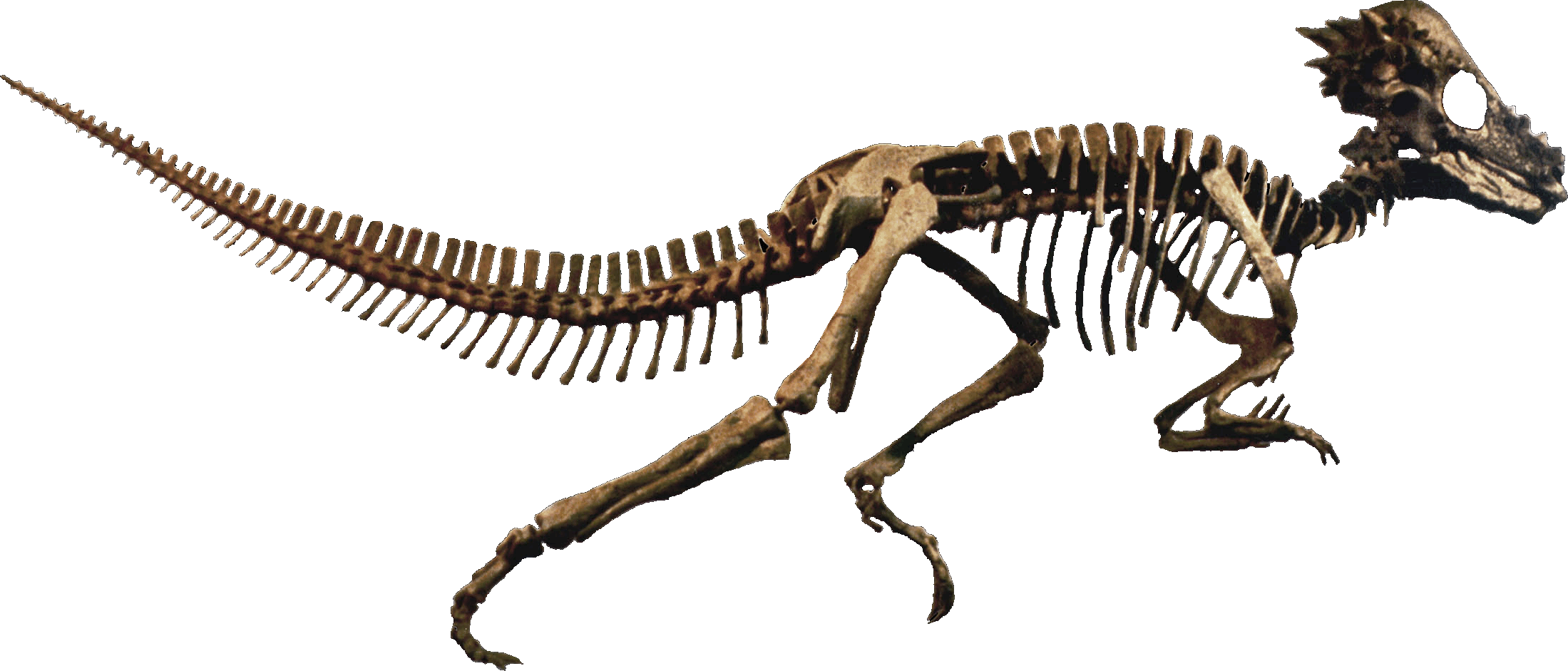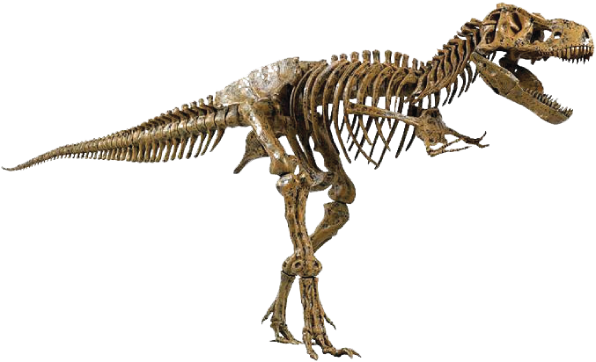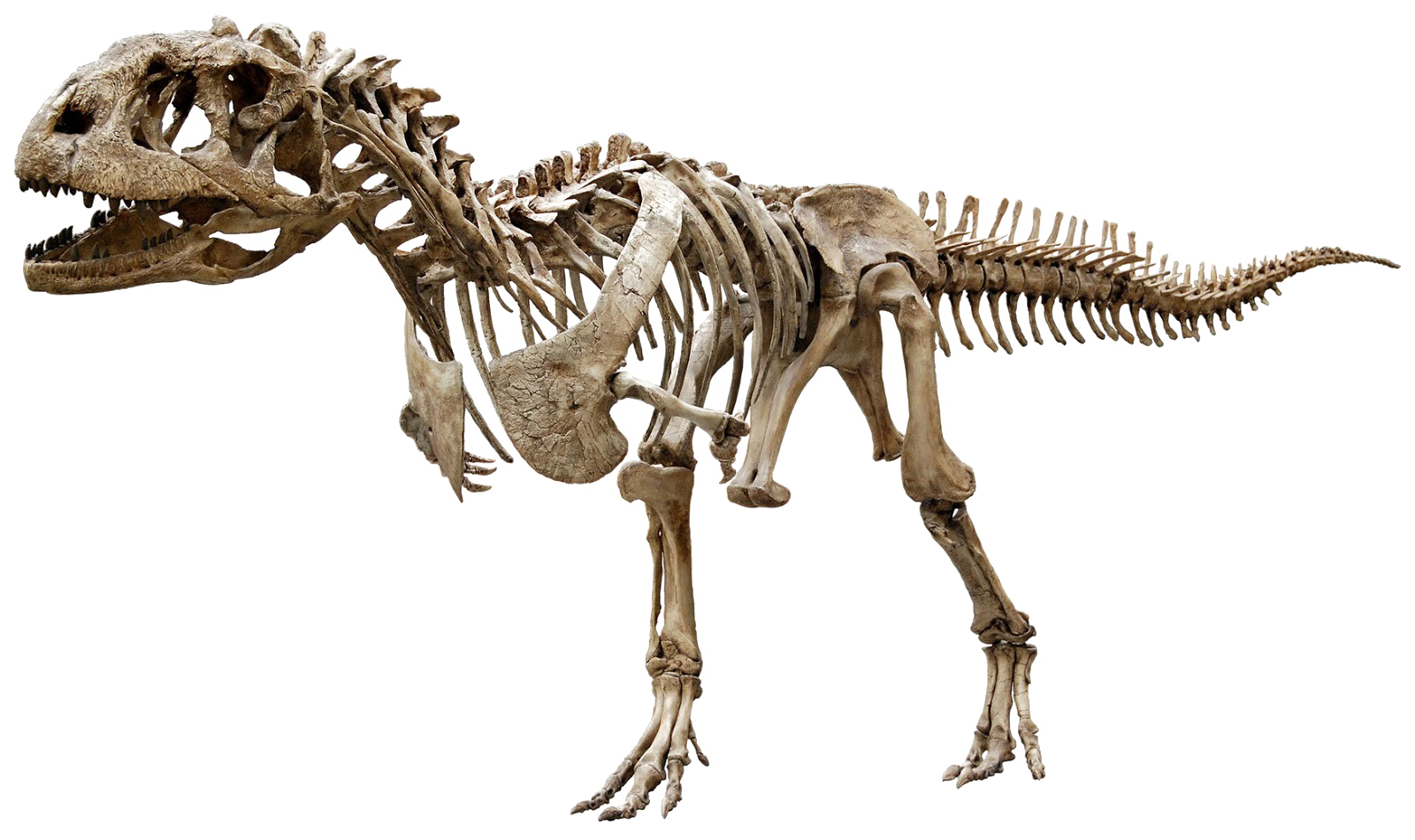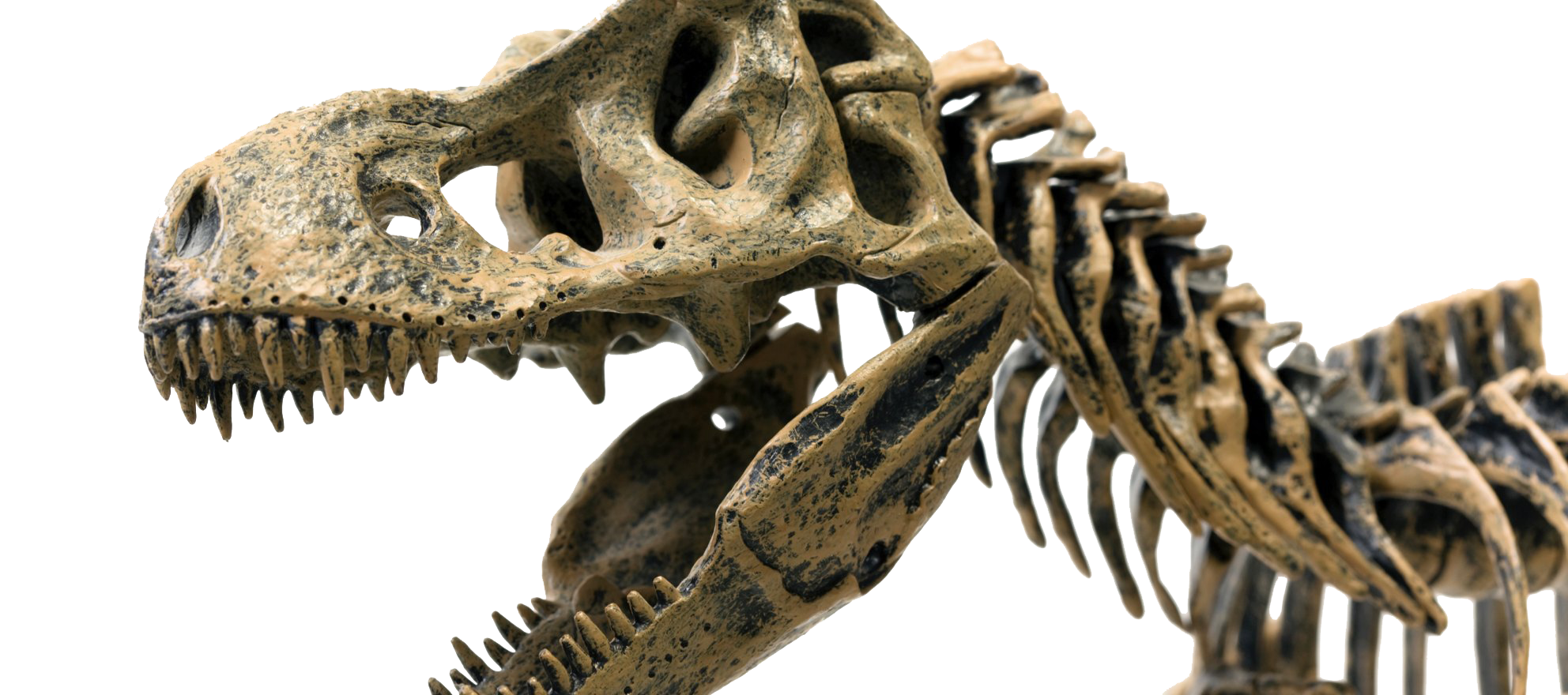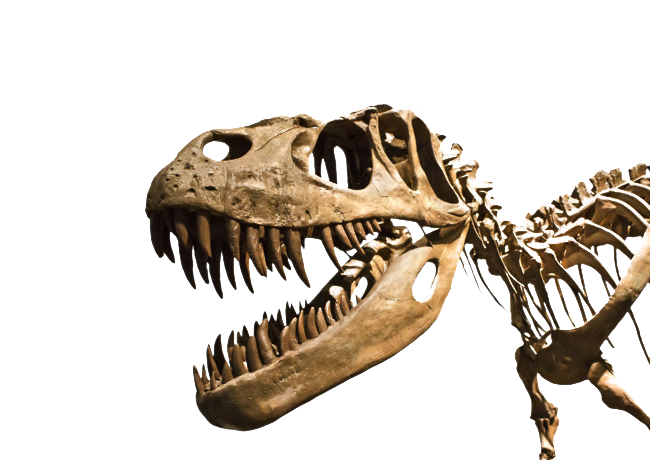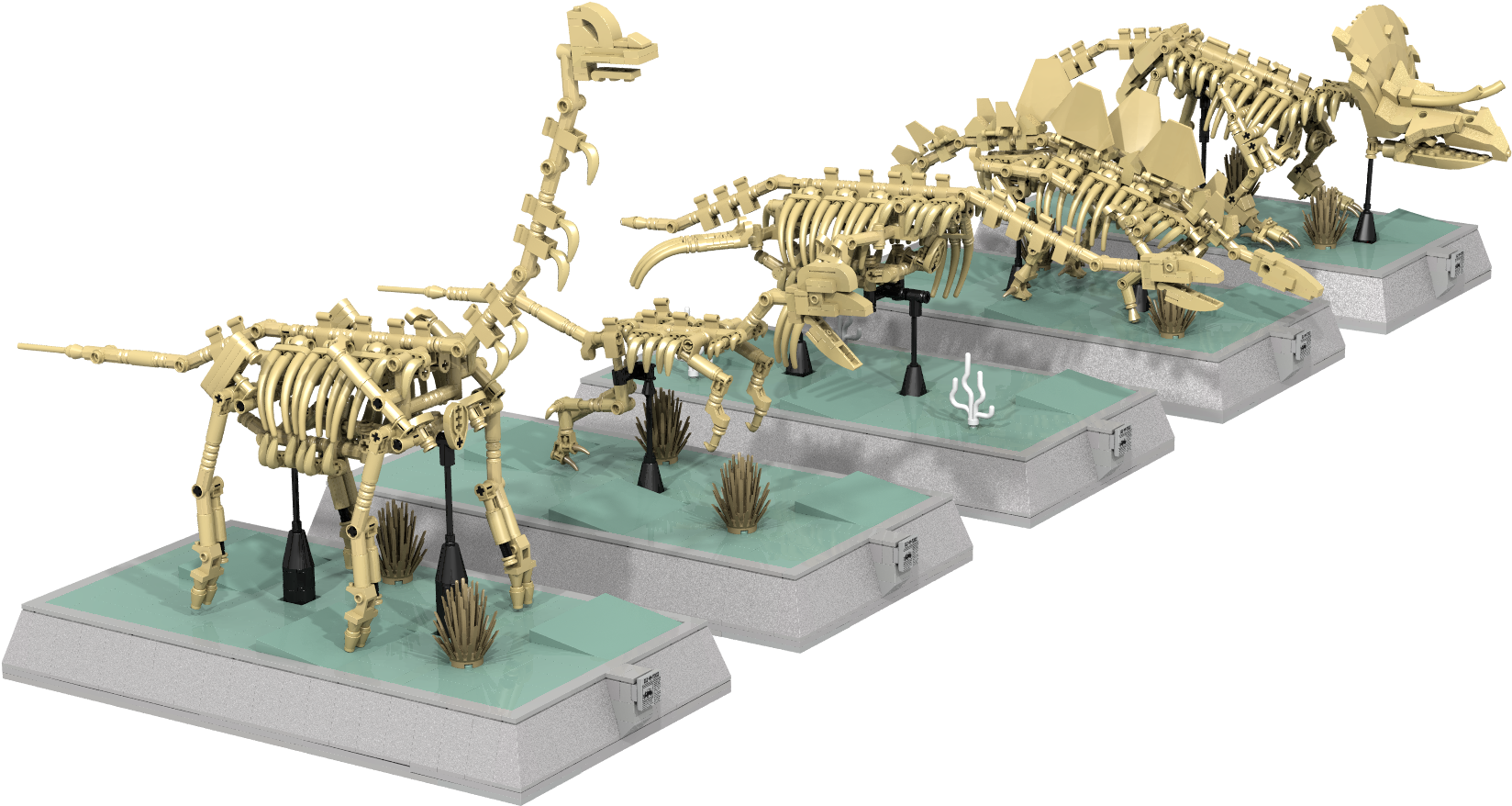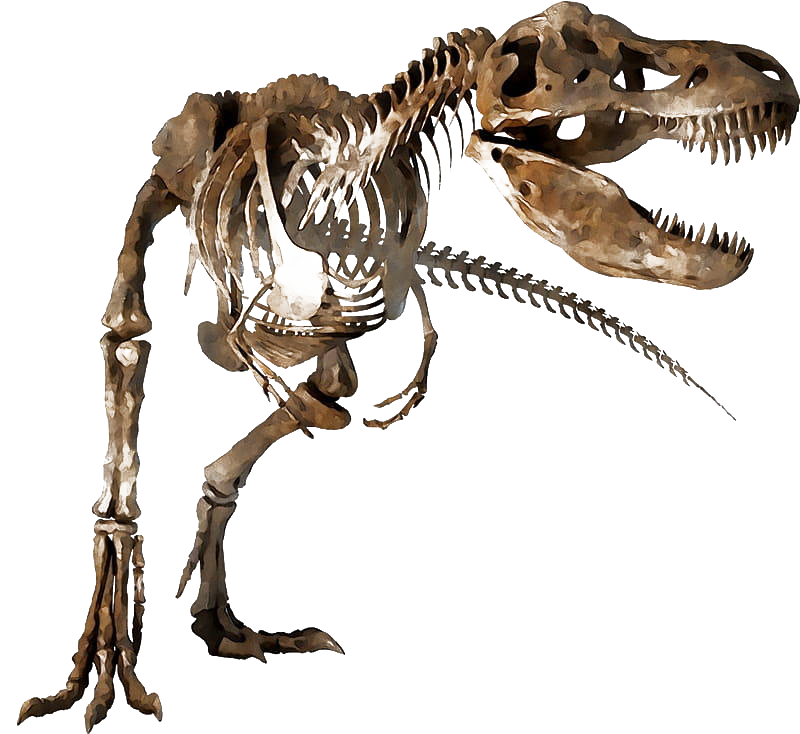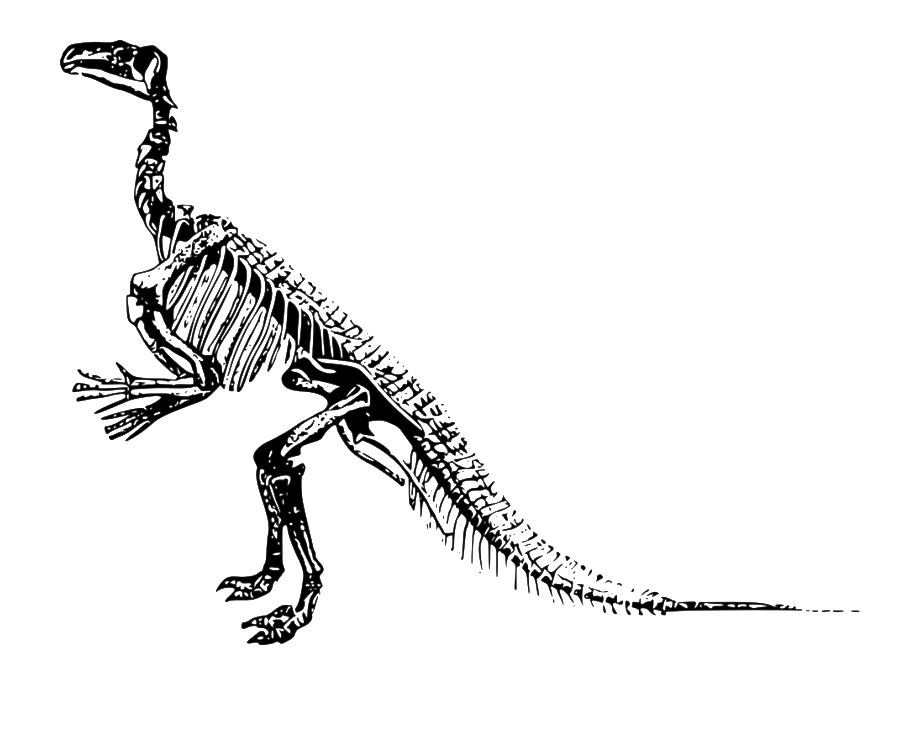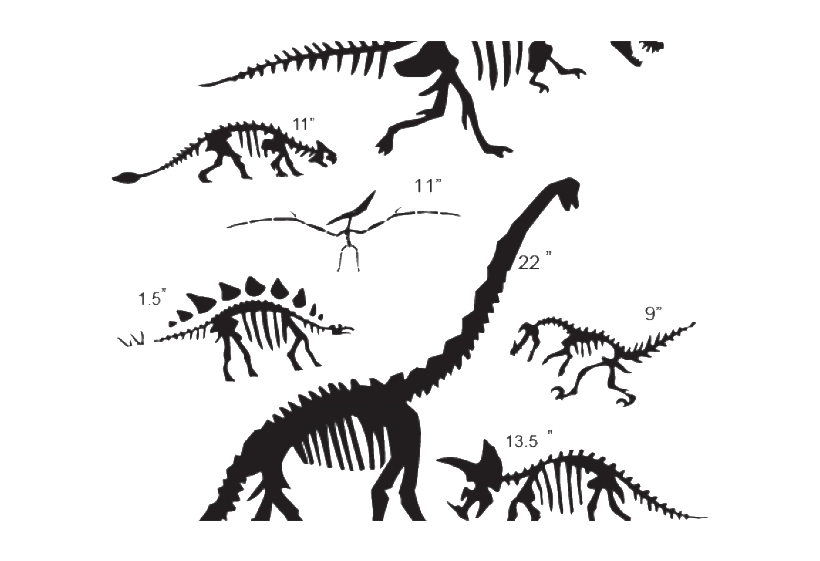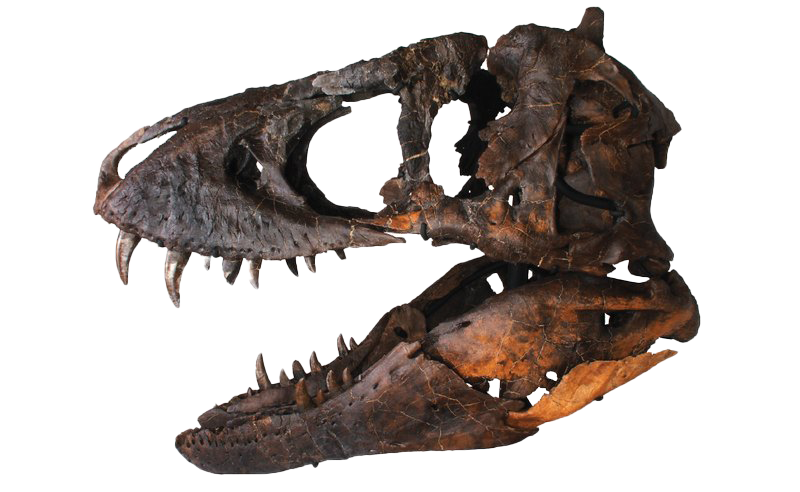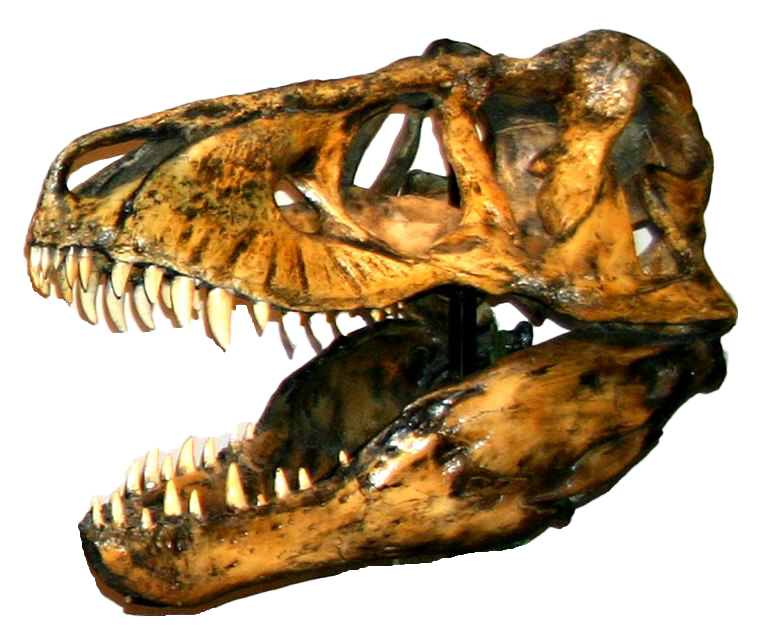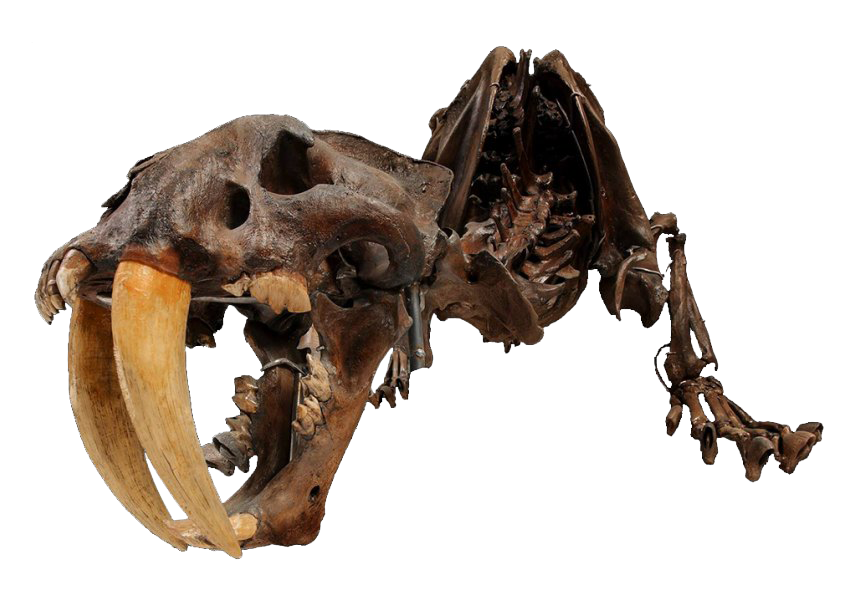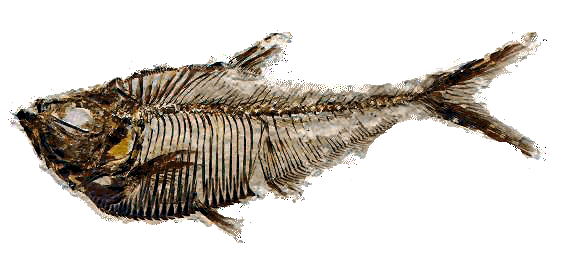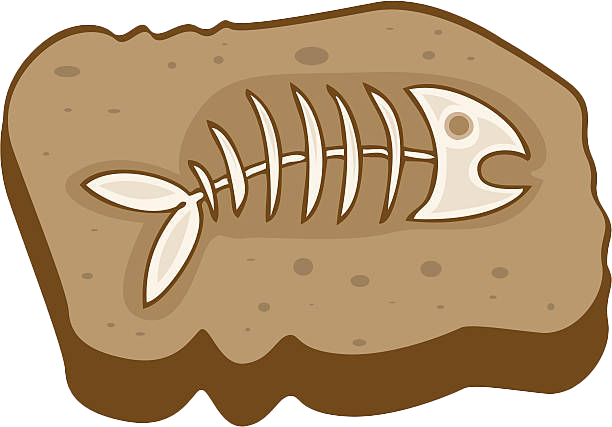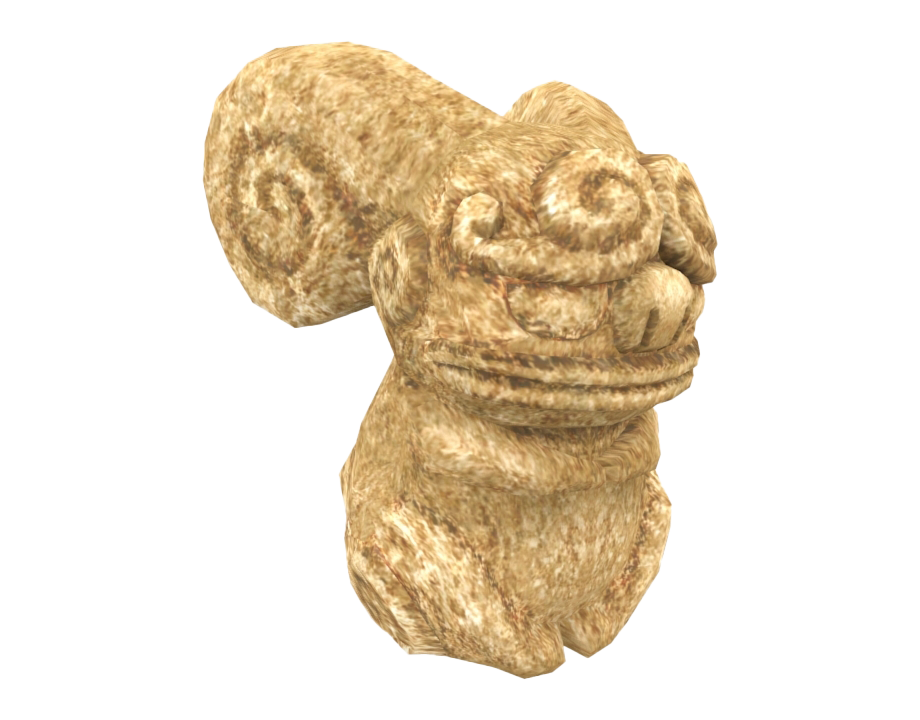Download top and best high-quality free Fossils PNG Transparent Images backgrounds available in various sizes. To view the full PNG size resolution click on any of the below image thumbnail.
License Info: Creative Commons 4.0 BY-NC
Paleontology is the science that studies fossils and the remains of the organism. Fossils are the things that preserve the remains, traces or impressions of animals or plants under the earth’s crust. In simple words, fossils are evidence of life forms from ancient times. Nearly ninety-nine percent of the species that have never existed on earth are extinct today. Their extinction took away our chance to look at these magnificent animals, but their extinction was like a blessing for other species. These species of animals and plants have grown and flourished, which would not have been possible otherwise due to the presence of certain monsters.
But thanks to the formation of fossils which allows us to imagine and visualize these wonderful and giant creatures of ancient times.
How Did the Fossils Form?
A series of events is responsible for the formation of the fossils and even if a single event is missed, we could not see the fossil. The fossil formation process is very rare and involves several fortunate and important stages.
The first and most important thing in the process of fossil formation is death. The dying animal or plant must fall where sufficient water is present. This is due to the fact that the water acts as an insulator which isolates the remains of the element, otherwise it will decompose.
The second stage of fossil formation involves sedimentation. Over time, the exoskeleton is buried by sediment. Land and mudslides are perfect for this process; river deltas are also perfect for the rapid accumulation of sediment.
Sedimentation has a great influence on the quality of the fossil; Of course, the sediments do not allow more details to be shown while very fine-grained particles such as clay also help to show the smallest details.
The chemical presence also plays a very important role in the formation of fossils. The presence of iron is responsible for the reddish color of the fossils while phosphate darkens the appearance of the rock from gray to black.
The third step necessary for effective fossilization is known as permineralization. It is a process in which minerals are deposited in the internal casts of the organism, which makes it firm and solid. It is one of the best methods of conserving fossils by nature. As the pressurized sediment turns to rock and if the mineral-containing water percolates into the sediment, our ancient animal is very well preserved.
Download Fossils PNG images transparent gallery.
- Fossils PNG Free Image
Resolution: 900 × 560
Size: 408 KB
Image Format: .png
Download
- Fossils PNG HD Image
Resolution: 600 × 400
Size: 252 KB
Image Format: .png
Download
- Fossils PNG High Quality Image
Resolution: 504 × 340
Size: 44 KB
Image Format: .png
Download
- Fossils PNG Image File
Resolution: 920 × 500
Size: 376 KB
Image Format: .png
Download
- Fossils PNG Image HD
Resolution: 628 × 382
Size: 283 KB
Image Format: .png
Download
- Fossils PNG Image
Resolution: 1199 × 549
Size: 1182 KB
Image Format: .png
Download
- Fossils PNG Images
Resolution: 896 × 859
Size: 629 KB
Image Format: .png
Download
- Fossils PNG Photo
Resolution: 920 × 673
Size: 753 KB
Image Format: .png
Download
- Fossils PNG Pic
Resolution: 866 × 718
Size: 800 KB
Image Format: .png
Download
- Fossils PNG
Resolution: 820 × 604
Size: 463 KB
Image Format: .png
Download
- Fossils Transparent
Resolution: 860 × 508
Size: 328 KB
Image Format: .png
Download
- Fossils
Resolution: 840 × 439
Size: 196 KB
Image Format: .png
Download
- Ammonite Fossils PNG Clipart
Resolution: 910 × 850
Size: 852 KB
Image Format: .png
Download
- Ammonite Fossils PNG Image
Resolution: 594 × 360
Size: 304 KB
Image Format: .png
Download
- Ammonite Fossils PNG
Resolution: 910 × 435
Size: 270 KB
Image Format: .png
Download
- Ammonite Fossils Transparent
Resolution: 900 × 900
Size: 702 KB
Image Format: .png
Download
- Ammonite Fossils
Resolution: 860 × 869
Size: 937 KB
Image Format: .png
Download
- Dinosaur Bones Fossils PNG Clipart
Resolution: 623 × 524
Size: 60 KB
Image Format: .png
Download
- Dinosaur Bones Fossils PNG Download Image
Resolution: 910 × 511
Size: 260 KB
Image Format: .png
Download
- Dinosaur Bones Fossils PNG File Download Free
Resolution: 840 × 859
Size: 248 KB
Image Format: .png
Download
- Dinosaur Bones Fossils PNG File
Resolution: 840 × 717
Size: 629 KB
Image Format: .png
Download
- Dinosaur Bones Fossils PNG Free Download
Resolution: 860 × 598
Size: 183 KB
Image Format: .png
Download
- Dinosaur Bones Fossils PNG Free Image
Resolution: 961 × 389
Size: 143 KB
Image Format: .png
Download
- Dinosaur Bones Fossils PNG HD Image
Resolution: 2199 × 941
Size: 461 KB
Image Format: .png
Download
- Dinosaur Bones Fossils PNG High Quality Image
Resolution: 596 × 362
Size: 157 KB
Image Format: .png
Download
- Dinosaur Bones Fossils PNG Image File
Resolution: 1600 × 950
Size: 1116 KB
Image Format: .png
Download
- Dinosaur Bones Fossils PNG Image HD
Resolution: 1984 × 880
Size: 1637 KB
Image Format: .png
Download
- Dinosaur Bones Fossils PNG Image
Resolution: 820 × 444
Size: 36 KB
Image Format: .png
Download
- Dinosaur Bones Fossils PNG Images
Resolution: 650 × 461
Size: 269 KB
Image Format: .png
Download
- Dinosaur Bones Fossils PNG Pic
Resolution: 1648 × 878
Size: 1254 KB
Image Format: .png
Download
- Dinosaur Bones Fossils PNG Transparent HD Photo
Resolution: 800 × 734
Size: 496 KB
Image Format: .png
Download
- Dinosaur Bones Fossils Transparent
Resolution: 920 × 735
Size: 185 KB
Image Format: .png
Download
- Dinosaur Bones Fossils
Resolution: 820 × 561
Size: 143 KB
Image Format: .png
Download
- Dinosaur Head Bones Fossils PNG Image
Resolution: 800 × 492
Size: 373 KB
Image Format: .png
Download
- Dinosaur Head Bones Fossils PNG
Resolution: 760 × 632
Size: 597 KB
Image Format: .png
Download
- Dinosaur Head Bones Fossils
Resolution: 550 × 410
Size: 302 KB
Image Format: .png
Download
- Fossils PNG Clipart
Resolution: 860 × 599
Size: 427 KB
Image Format: .png
Download
- Fossils PNG Download Image
Resolution: 584 × 271
Size: 39 KB
Image Format: .png
Download
- Fossils PNG File
Resolution: 612 × 427
Size: 176 KB
Image Format: .png
Download
- Fossils PNG Free Download
Resolution: 920 × 720
Size: 437 KB
Image Format: .png
Download
